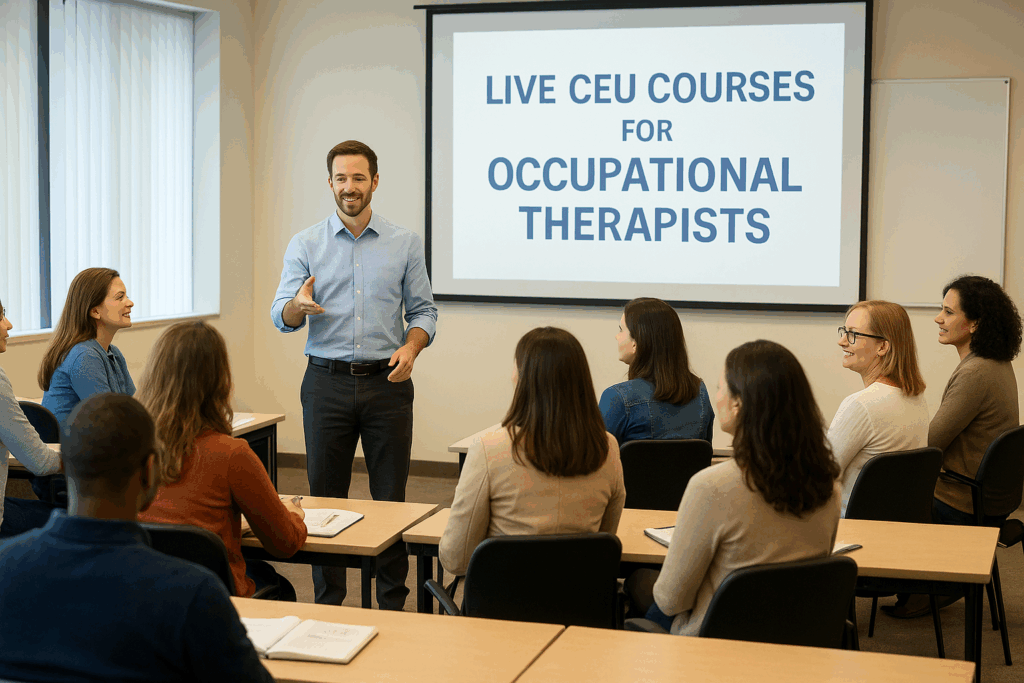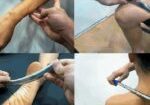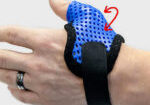Cursos CEU en vivo para terapeutas ocupacionales: la guía definitiva para el aprendizaje y el crecimiento
archivado en Sin categoría
Introduction to Live CEU Courses
Continuing education is a cornerstone of professional development in healthcare, and for occupational therapists, it’s not just a recommendation—it’s often a requirement. Live CEU courses for occupational therapists provide the perfect balance of structured learning, peer interaction, and hands-on training that self-paced online modules often lack.
Whether you’re a new graduate looking to sharpen your skills or a seasoned professional seeking to stay updated with the latest techniques, live CEU courses can help you expand your knowledge and boost your confidence in clinical practice.

What Are CEU Courses in Occupational Therapy?
CEU stands for Continuing Education Units. These courses ensure that occupational therapists remain up to date with emerging research, treatment techniques, and best practices. Each course earns you credits that can be applied toward state licensure renewal requirements.
Why Occupational Therapists Need Continuing Education
Occupational therapy is constantly evolving with new evidence-based interventions. CEUs allow therapists to:
- Stay compliant with licensure laws.
- Improve patient outcomes with updated practices.
- Explore specialized areas such as pediatrics, geriatrics, or hand therapy.
- Enhance professional credibility and career opportunities.
Benefits of Live CEU Courses for Occupational Therapists
Real-Time Interaction with Instructors
Unlike pre-recorded courses, live CEUs let you ask questions and receive immediate feedback, which deepens your understanding of complex concepts.
Networking Opportunities with Peers
These courses often bring together therapists from different specialties, creating opportunities to exchange insights, share challenges, and even collaborate professionally.
Hands-On Skill Development
For techniques that require practice—like manual therapy, splinting, or sensory integration—live courses provide invaluable hands-on demonstrations.
Comparing Live vs. Online CEU Options
Flexibility and Accessibility
- CEU en línea: Study anytime, anywhere.
- CEU en vivo: Offer structure and accountability.
Cost and Value Differences
While online options may be cheaper, live courses often provide added value in skill mastery and direct mentorship.
Which Option Fits Your Learning Style?
If you thrive on interaction, feedback, and practical demonstrations, live CEUs are the superior choice.
Popular Topics in Live CEU Courses for Occupational Therapists
Hand Therapy and Fine Motor Skills
Specialized training in splinting, upper extremity rehab, and fine motor skill recovery.
Terapia ocupacional pediátrica
Learn strategies for working with children who have developmental delays, autism, or sensory processing disorders.
Rehabilitación geriátrica
Gain expertise in fall prevention, dementia care, and mobility training.
Neurological and Cognitive Rehabilitation
Stay updated on stroke rehabilitation, traumatic brain injury recovery, and memory interventions.
Cómo elegir el curso CEU adecuado
Accreditation and State Requirements
Always verify that the course is recognized by your state licensing board.
Instructor Expertise and Credentials
Look for instructors with real-world clinical experience and strong academic backgrounds.
Course Reviews and Alumni Feedback
Check feedback from past participants to ensure quality and relevance.
Best Platforms Offering Live CEU Courses for Occupational Therapists
- AOTA (Asociación Americana de Terapia Ocupacional) – The gold standard for OT education.
- HandTherapyAcademy.com – Known for high-quality interactive sessions.
- University & Hospital Programs – Often provide cutting-edge, research-backed training.
Learn more about CEU accreditation at the official AOTA website.
Tips to Maximize Learning in Live CEU Courses
- Prepare Before Attending – Review course materials in advance.
- Take Notes Effectively – Use bullet points and highlight key techniques.
- Apply Knowledge in Daily Practice – Reinforce learning by immediately applying new strategies with patients.
FAQs about Live CEU Courses for Occupational Therapists
Q1. How many CEUs do occupational therapists need per year?
Requirements vary by state, but most require between 12–24 CEU hours annually.
Q2. Are live CEU courses more expensive than online ones?
Yes, generally, but the investment often pays off through skill mastery and networking.
Q3. Can live CEU courses be counted toward license renewal?
Absolutely—provided they’re accredited by a recognized body like AOTA.
Q4. How do I find upcoming live CEU workshops near me?
Check professional associations, university events, and continuing education platforms.
Q5. Do employers reimburse CEU course costs?
Many healthcare organizations do offer reimbursement—always ask your HR department.
Q6. Can I combine live and online CEUs to meet my requirements?
Yes, most boards accept a mix, but check state-specific guidelines.
Conclusion: Advancing Your Career with Live CEU Courses
Live CEU courses for occupational therapists are more than just a requirement—they’re a powerful tool for growth, innovation, and career advancement. They offer opportunities for networking, practical skills, and real-time feedback that online options can’t always match. By investing in live education, you’re not only meeting licensure requirements but also elevating your professional impact.
Más para leer
¿Cuál es la eficacia de IASTM?
Citación Kim, J., Sung, DJ, Lee, J. (2017). Efectividad terapéutica de la movilización de tejidos blandos asistida por instrumentos para lesiones de tejidos blandos: mecanismos y aplicación práctica. Revista de rehabilitación del ejercicio, 13 (1). doi: https://doi.org/10.12965/jer.1732824.412 El IASTM delgado es una técnica relativamente simple que utiliza la superficie de un instrumento para minimizar la cantidad de presión o fuerza necesaria...
Leer másMúltiples vías de cuidado del lugar del clavo en la terapia de la mano
Por: Megan Prather La prevalencia de la fijación externa con clavos en las extremidades superiores y las altas tasas de infección en el lugar de los clavos hacen que la identificación de un protocolo para el cuidado del sitio de los clavos sea importante para los terapeutas. En la literatura, existen muchos protocolos diferentes para el cuidado del sitio de los pines que varían en frecuencia, soluciones, materiales y limpieza manual. A pesar de muchos estudios…
Leer másCómo utilizar el vendaje de kinesiología para la subluxación del hombro
Cómo utilizar la cinta de kinesiología para la subluxación del hombro Por: Tayler Roost ¿Qué es la subluxación del hombro? La subluxación del hombro es una dislocación de la articulación glenohumeral. Este puede clasificarse en traumático, no traumático o neurológico. Una subluxación traumática del hombro puede ser causada por deportes de contacto o movimientos repetitivos del hombro. Una subluxación de hombro no traumática puede tener una causa indirecta...
Leer másOrtesis para artritis CMC en la mano: mecánica y finalidad
Uno de los diagnósticos más comunes que vemos en la terapia de la mano es la osteoartritis de la primera articulación carpometacarpiana, donde el metacarpiano se articula con el trapecio. También conocida como artritis de la articulación basal (artritis CMC), causa dolor, deformidad de las articulaciones, pérdida de fuerza y pérdida de función. Los pacientes acuden a nosotros en busca de alivio de los síntomas y...
Leer más¡Regístrese para recibir actualizaciones directamente en su bandeja de entrada!
Regístrese con nosotros y le enviaremos publicaciones periódicas en el blog sobre todo lo relacionado con la terapia de manos, avisos cada vez que subamos nuevos videos y tutoriales, junto con folletos, protocolos y otra información útil.






